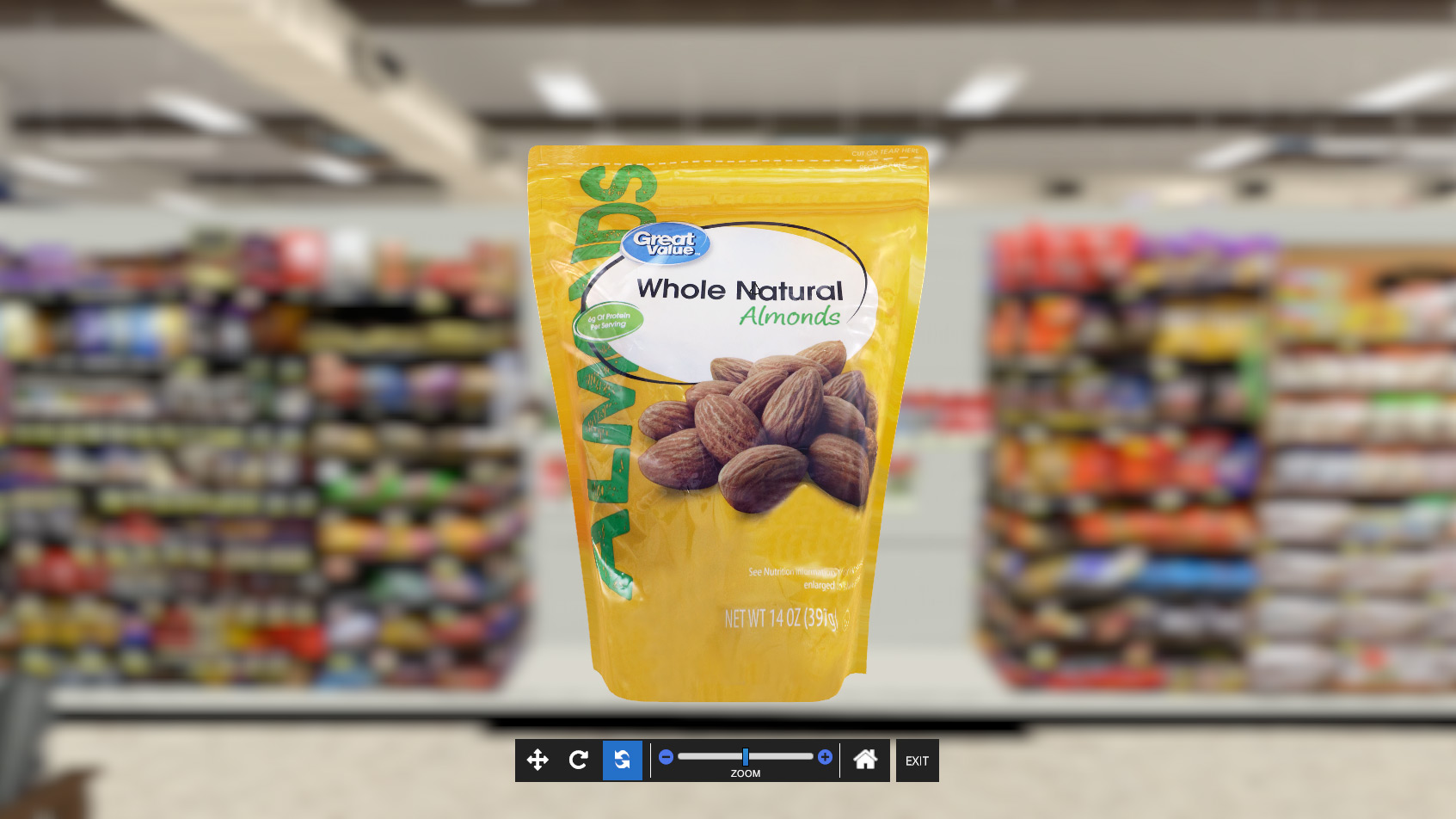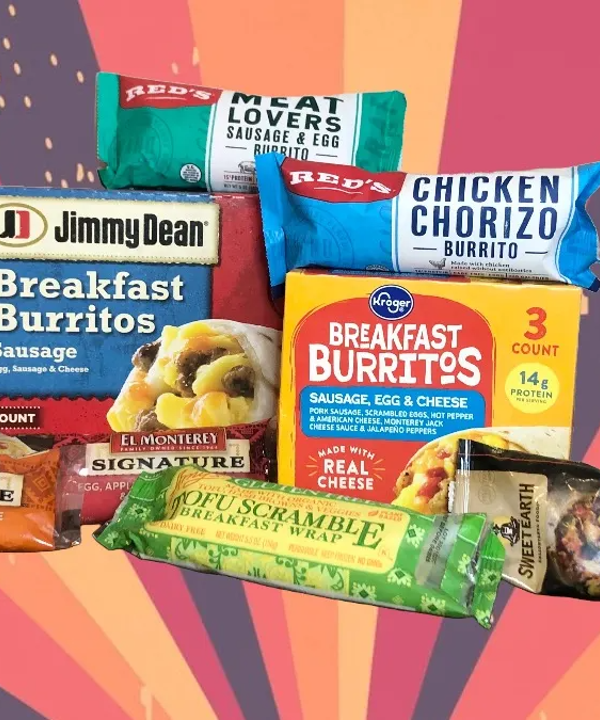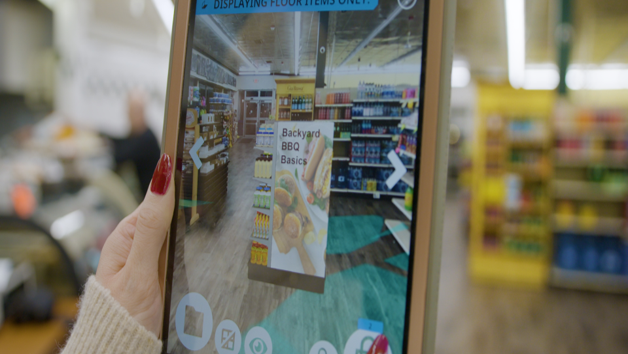The Challenge
A manufacturer client had historically good sales with the current packaging of a specific frozen food item, but they realized that they could be saving money on materials if they reconfigured the product’s packaging. In this case, they wanted to make sure the new packaging concept would continue to maintain or increase sales for both the brand and category.
They created two new packaging concepts, both of which had the potential of saving them more than $2 million annually in packaging production costs. Before moving forward, they decided to test the new designs to determine if one would do a better job of maintaining sales compared to the current design.
The Method
The client turned to InContext to run a custom research test through cloud-based virtual simulations, in order to save time and money and glean more detailed insights compared to traditional testing methods.
They ran each concept through an online virtual shopping test, where each respondent evaluated one of three cells (one benchmark or one of two redesigned package cells). The respondents participate in three primary exercises:
- Virtual shopping – Each respondent is exposed to one modular layout, and asked to virtually shop the frozen aisle.
- Pre- and post-shopping attitudinal survey – In order to understand how shoppers typically shop and then understand why they purchased what they did, with insight into how they feel about the section they shopped.
- Virtual findability (timed) – Respondents are told to find one product (two are tested, assigned randomly) in a virtual store.
They also tested noticeability–visual salience–and findability through InContext’s Visual Attention Analysis (VAA), which predicts what shoppers will notice about a scene in the first 3-5 seconds, and then applies it to your concept in a virtual store environment.
The Results
While the new packaging concepts did indeed cut down on materials expenses, testing showed that the current design performed much better with shoppers. Neither of the new designs would be able to maintain the brand’s sales – each dropped in on-shelf noticeability, pick-up rates and conversions to sale. The client was able to halt the new packaging design before it ever went into production, saving them well over $500,000 in redesign and production costs, as well as the risk of a significant loss in revenue.
The study pointed to a number of deficiencies in the new designs, so InContext recommended changes in key package elements to ensure any future package redesign would capture sufficient attention at the shelf, reinforce their brand equity, and get shoppers to pick the products up off the shelf – and buy.





